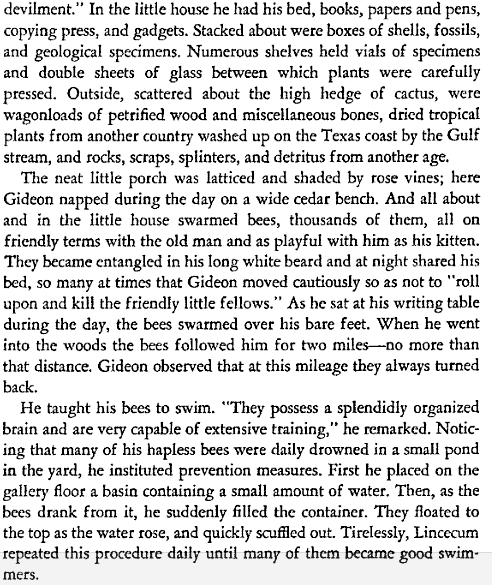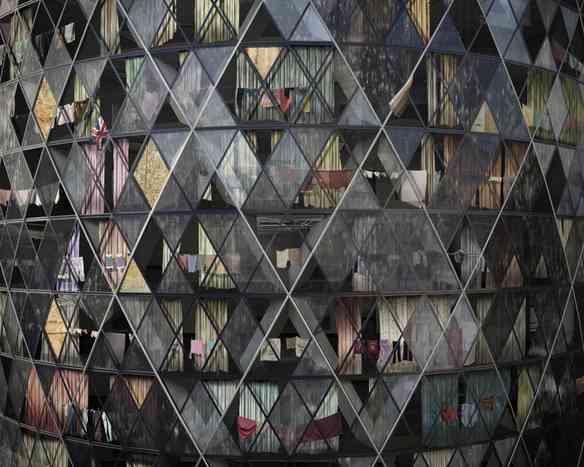…in the Tucson Mountains, pack rats make a home in the copy machine, a rattlesnake hides under the chaise longue, spiders are welcome and the appearance of a grasshopper is seen as a sign from Lord Chapulin, the Grasshopper Being.
Silko’s menagerie includes mastiffs, parrots, macaws, bees, hummingbirds and various other creatures. None of them are really pets: she gives them respect, not coddling. In fact, much of the book describes how she tends to the animals that live in and around her home, as well as how she attempts to help them ward off predators. While she can’t do much to protect them from the biggest menace, man, Silko’s understanding of nature’s balance brings her comfort. When she sees evidence of fresh destruction by a neighbor, she calms herself by imagining him being smashed under a boulder.
via Book Review – The Turquoise Ledge – By Leslie Marmon Silko – NYTimes.com.




